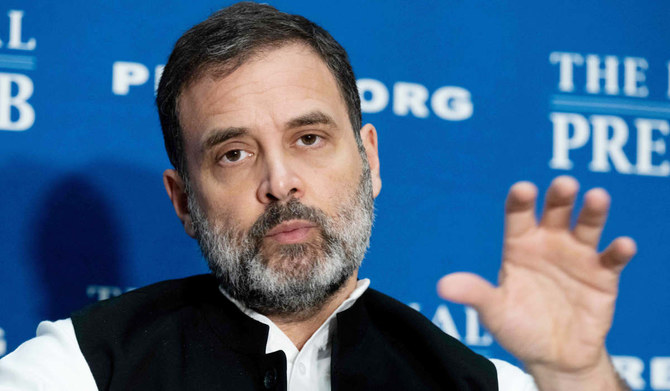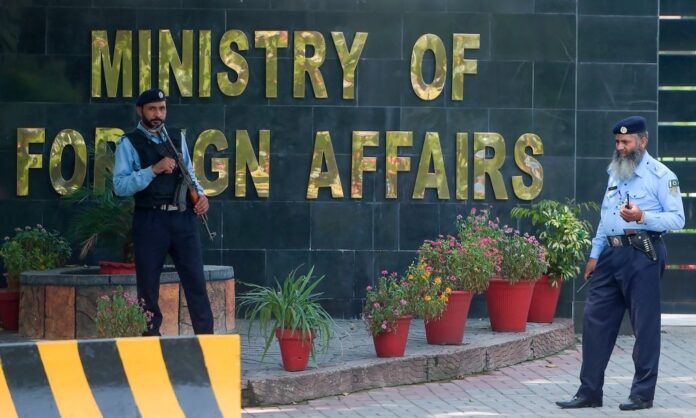
New Delhi: The Reserve Bank of India (RBI) raised the benchmark lending rate by 35 basis points (bps) – the fifth increase since May – saying it remains focused on bringing down the inflation to a tolerable limit.
Even as the central bank called the Indian economy a “bright spot in the otherwise gloomy world”, it lowered its estimate of GDP growth to 6.8% in the fiscal ending March 31, 2023, from an earlier forecast of 7%.
It, however, kept the inflation forecast unchanged at 6.7% for the current fiscal and projected it to come down below the upper tolerance limit of 6% in the fourth quarter of the current financial year.
The Consumer Price Index (CPI) based inflation, which RBI factors in while fixing its benchmark rate, stood at 6.7% in October. Retail inflation has been ruling above the RBI’s comfort level of 6% since January this year.
RBI governor Shaktikanta Das said the central bank remains “nimble and flexible” in its approach to dealing with the price situation.
The six-member monetary policy committee (MPC) headed by RBI Governor raised the key lending rate or the repo rate by 35 basis points to 6.25%.
With the latest hike, the repo rate or the short-term lending rate at which banks borrow from the central bank has now crossed 6%.
This is the fifth consecutive rate hike after a 40 basis points increase in May and 50 basis points hike each in June, August and September. In all, the RBI has raised the benchmark rate by 2.25% since May this year.
Consequently, the standing deposit facility (SDF) rate is adjusted to 6% and the marginal standing facility (MSF) rate and Bank rate to 6.50%.
The MPC also decided to remain focused on the withdrawal of the accommodative stance to ensure that inflation remains within the target going forward while supporting growth.
The panel also decided by a majority – 5 out of 6 members – voted to increase the policy repo rate by 35 basis points while Jayanth R. Varma voted against the hike.
Das also said the overall liquidity remains in surplus, with average daily absorption under the liquidity adjustment facility (LAF) at Rs 1.4 lakh crore during October-November compared to Rs 2.2 lakh crore in August-September.
On the inflation outlook, the governor said it is expected to be at 6.7% for the current fiscal.
Concerning economic growth, the RBI has slashed its GDP forecast to 6.8 per cent from an earlier estimate of 7% for the current fiscal.
“Growth remains resilient in such a hostile environment… inflation in India is lower than other countries,” he said, adding even at the lower GDP growth rate, India will remain among the fastest-growing major economies.
In its last bi-monthly policy review released in September, the RBI had slashed the economic growth projection for the current financial year to 7% from 7.2% earlier on account of extended geopolitical tensions and aggressive monetary policy tightening globally.
The RBI’s decision to hike the repo rate by 35 basis points will raise prospects of EMIs for home, auto and other loans rising further. The previous four increases totalled 190 bps, with the last three hikes being 50 bps each.
Announcing the monetary policy committee’s decisions, Das said the main risk is that inflation could remain sticky and elevated.
“The MPC was of the view that further calibrated monetary policy action was warranted to keep inflation expectations anchored, break core-inflation persistence and contain second-round effects,” he said.
Acuite Ratings and Research said the RBI’s stance has remained moderately hawkish, and there exists a possibility of a further round of rate hikes in February next year, with a potential terminal rate of 6.5% by the beginning of FY24.
The pass-through of higher rates to home loans may start to impact the demand for housing, particularly in the mid to high-ticket segment, it noted.
India posted a GDP growth of 6.3% in the July-September quarter, slightly better than expected but less than half the 13.5% growth in the previous three months.
“The focus on the inflation fight continues. There will be no let up in that,” Das said.
He said food inflation is likely to moderate with the usual winter softening and the likelihood of a bountiful rabi harvest, but pressure points remain in the form of prices of cereals, milk and spices in the near term.
For the Indian economy, Das said the outlook is supported by good progress of rabi sowing, sustained urban demand, improving rural demand, a pick-up in manufacturing, a rebound in services and robust credit expansion.
Please visit our website London Institute of Peace Research for latest peace news


